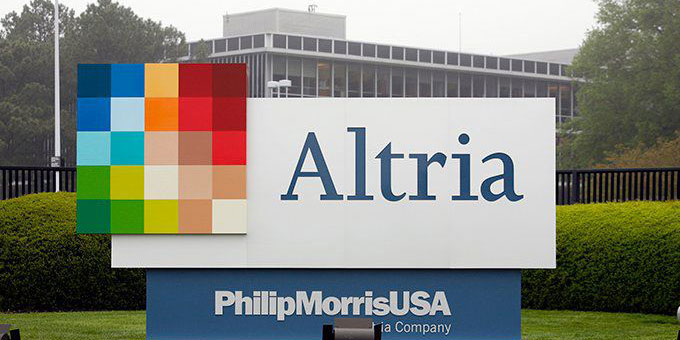Once a person reaches the age of 65, they are eligible for Medicare, which means the cost of their health insurance will decrease. When you reach retirement age, you must have a solid understanding of how Medicare works and the steps you need to take to get the best possible coverage at the lowest possible cost. The question of whether or not seniors need all four components of Medicare concerns a lot of them. It is common for people to have inquiries about the prices of Medicare, additional insurances, and enrollment windows.
Part A (Hospital)
Your care in a hospital, skilled nursing facility, nursing home (as long as it's not primarily for custodial care), hospice, and some kinds of home health services are covered under Medicare Part A, which is the hospital coverage.
Part B (Medical)
Coverage under Medicare Part B extends to medically essential services and supplies required for the diagnosis and treatment of a medical condition. In addition to that, it includes protection against preventable diseases like the flu. Last but not least, Medicare Part B covers inpatient and outpatient medical care and a portion of the cost of restricted outpatient prescription medicines.

Part C (Medicare Advantage)
Private insurance firms that Medicare has authorized are the only ones that may sell Medicare Advantage plans, often known as Part C. These plans are available in four different flavors:
- Health maintenance organization (HMO)
- Preferred provider organization (PPO)
- Private fee for service (PFFS)
- Special needs (SNP) plans
They are intended to replace Medicare Part A, Part B, and frequently Medicare Part D coverage.
Part D (Prescription Drugs)
Medicare Part D includes a medicine list referred to as a formulary. This list determines which prescription drugs are covered under the program. Every Medicare prescription drug plan has its unique list of covered medications. Most plans classify medications into several "tiers," with each tier having a unique price point.
The Medigap Insurance Choice
The expenses of Medicare are difficult to forecast. As a result, many seniors who do not choose a Medicare Advantage (Part C) plan opt instead to buy Medigap coverage. These plans are available in ten standardized policies, each given a letter designation (A, B, C, and so on). They provide a wide range of options while covering a significant portion of the out-of-pocket expenses of regular Medicare. Some even provide extra services not included in the standard Medicare package.
The Beginning of the Enrollment Process
This enrollment period begins three months before the month in which you turn 65. Suppose you miss the opportunity to enroll during the first period. In that case, you will have the opportunity to do so between January 1 and March 31 of each year for coverage that will begin on July 1.
Special Enrollment Period (SEP)
When you reach 65 years old, you may be eligible for a special enrollment period if you are still covered by a group health plan that is supplied by either your workplace or your spouse's employer.
Other Opportunities to Register
Every year, from October 15 to December 7, there is a period of open enrollment for Medicare Advantage and coverage for prescription drugs. There is also a new annual Medicare Advantage open enrollment period, which runs from 1st to 31st March. During this time, you may move from a Medicare Advantage plan to regular Medicare and enroll in a Medicare prescription drug plan to add coverage for medications.
Medicare Costs
Most individuals will never have to pay for their Medicare Part A coverage since they have already contributed sufficient funds to the Medicare system during their working years. Most people pay the regular monthly premium. Still, others pay extra if their yearly income — calculates how much someone pays — is higher than a particular level. According to the information sheet for Medicare Part B, single individuals who file tax returns and have an annual income of more than $500,000 would be required to pay a monthly premium of $578.30 beginning in 2022.

Considering All of Your Alternatives
This might make it difficult to determine which available sign-up choices are the most suitable for you. Most individuals sign up for Medicare Parts A, B, and D, and many also buy Medigap coverage. Others choose Medicare Advantage rather than Medicare Parts A, B, or D. If you decide to go with a Medicare Advantage plan and want coverage for prescription drugs, check to see if your MA plan includes such coverage. If not, you may want to consider adding coverage from Part D to your plan.



